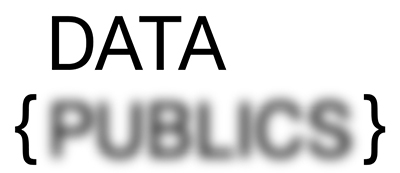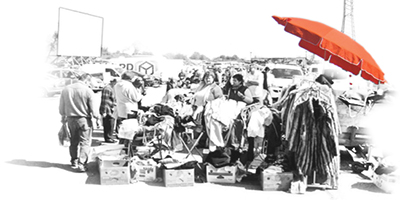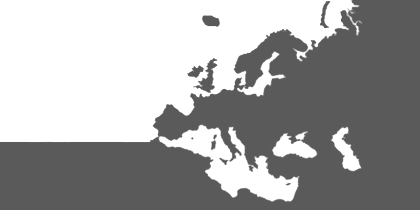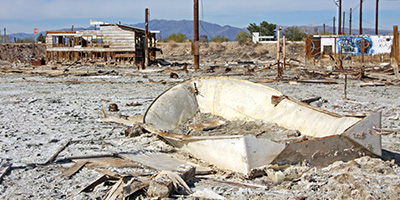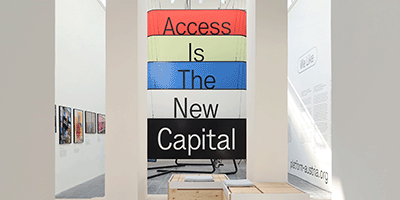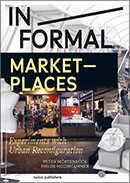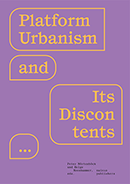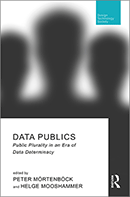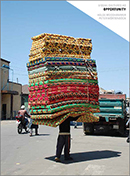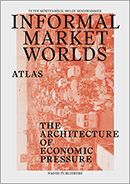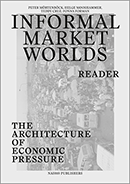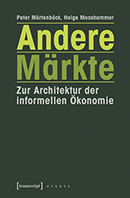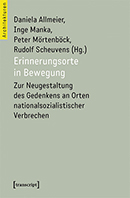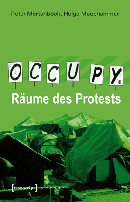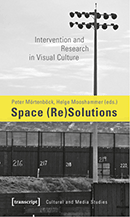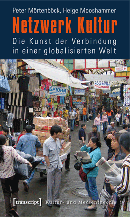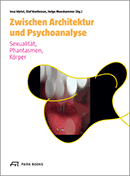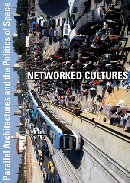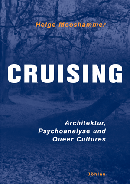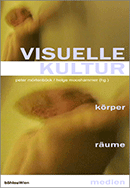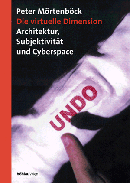RESEARCH
DATA PUBLICS
-
Public plurality in an era
of data determinacy
OTHER MARKETS
--
Mapping typologies and conditions of informality:
How informal markets intersect with global governance
NETWORKED CULTURES
--
The struggle for new forms of artistic practice in an era of global deregulation
WORLD OF MATTER
--
An ecological view on resource politics
SEA OF MARBLE
--
Looking out to the sea: A navigational convergence on the imaginary and the realities of the sea
EXHIBITIONS
La Biennale di Venezia - 17th International Architecture Exhibition 2021
XX Architecture and Urbanism Biennial - Chile 2017
Ephemeral Urbanism
World of Matter
@ HMKV Dortmund
@ James Gallery New York
@ Ellen Gallery Montreal
@ Nash Gallery Minnesota
Networked Cultures -
documentary
Gunners & Runners
Trading Places
Networked Cultures
Gone City
Temporary Zones
Operation Desert
You'll Never Walk Alone
thresholds
no 30, summer 2005
Cambridge (MA): MIT, ISSN 1091-711X
thresholds.mit.edu
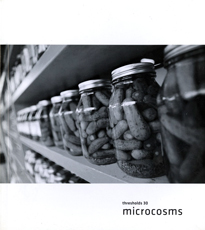 |
microcosms |
||
Freerunning and the Hugged City
Peter Mörtenböck
Editorial
The platonic concept of a systemic connection between our individual being and the world as a whole has shaped the contours of mysticism, alchemy, philosophy, aesthetics and the arts throughout history. Even though in classical thought, a microcosm is primarily defined as a self-enclosed and monadic sphere, it is imagined to have a crucial relationship to the outside. This interaction has been described either as a homologous relationship between internal patterns and outside forces, or alternatively, as one in which a system follows its own logic independent of the outside.
The model of the microcosm has gained new relevance in the current modes of globalization. To counter the homogeneity implied by their global geo-economic operations, multinational corporations are more than willing to present microcosmic identities as possibilities of individualistic escape. What critical potential does the idea of the microcosm hold in this realm? Does the opposition between a global enclosure and microcosmic systems still offer a productive line of thinking, or is the global/local dialectic defunct? How have art and architectural practices participated in staging or undermining the idea of microcosm and its associated ideologies throughout history?
Read whole issue online or download PDF
_back to home
BOOKS
